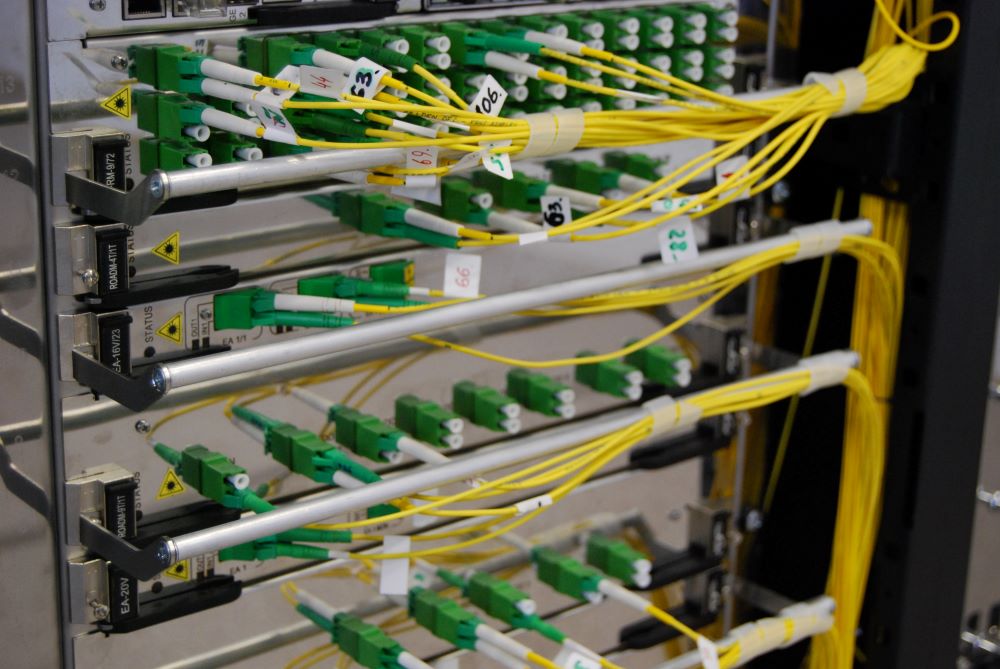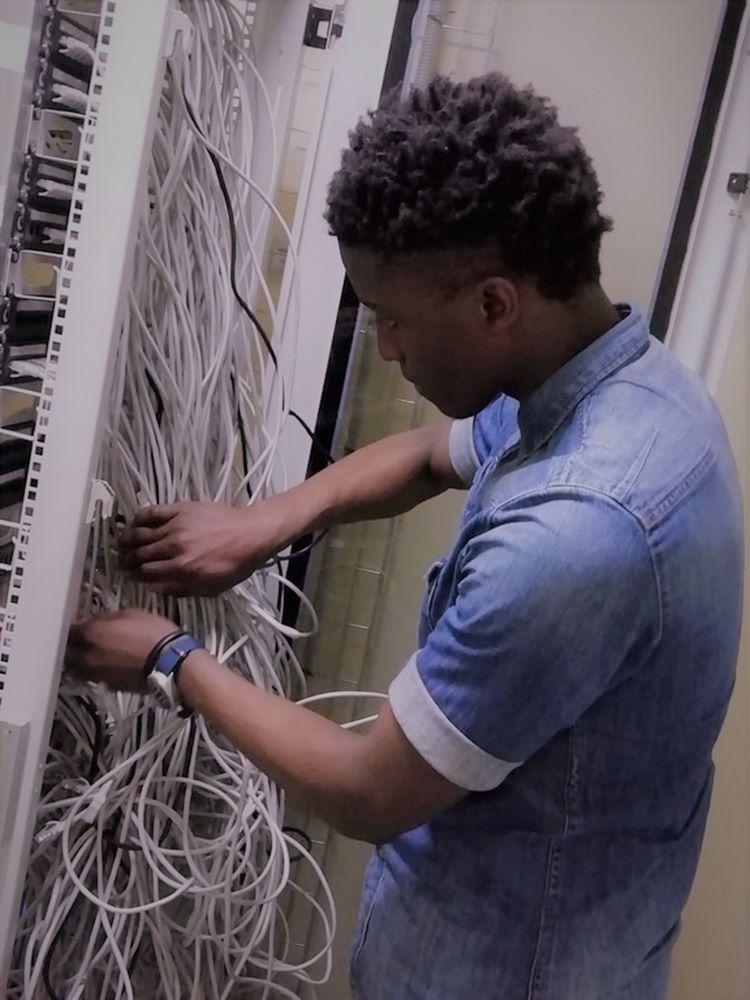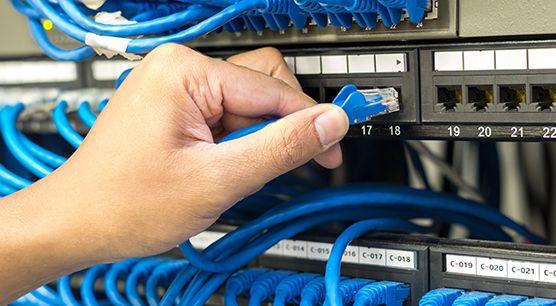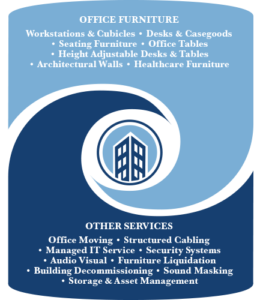29 Jun Structured Cabling: The Backbone of Efficient Networks
Structured Cabling: The Backbone of Efficient Networks
Essential Component of Modern Network Infrastructure
Structured cabling is an essential component of any modern network infrastructure. It provides the foundation for efficient and reliable data transmission within an office. In this article, we will explore what structured cabling is, its importance in network infrastructure, the components that make up a system, the advantages it offers, and the different types of systems available. By the end of this article, you will have a clear understanding of why structured cabling is the backbone of efficient networks.

What is Structured Cabling?
Structured cabling refers to the standardized system of cables, connectors, and related hardware that provides a comprehensive communications infrastructure within an office. It is designed to support various communication services, such as data, voice, and video. It also allows for the seamless integration of different devices and technologies.
 Structured cabling is organized into a hierarchical structure, which includes the main distribution area, horizontal distribution area, and work area. The main distribution area houses the equipment that connects the building’s internal cabling to the external network. The horizontal distribution area connects the main distribution area to the work area, where end-user devices are located such as workstations and cubicles. This hierarchical design ensures that the cabling system is scalable, flexible, and easy to manage.
Structured cabling is organized into a hierarchical structure, which includes the main distribution area, horizontal distribution area, and work area. The main distribution area houses the equipment that connects the building’s internal cabling to the external network. The horizontal distribution area connects the main distribution area to the work area, where end-user devices are located such as workstations and cubicles. This hierarchical design ensures that the cabling system is scalable, flexible, and easy to manage.
The Importance of Structured Cabling in Network Infrastructure
Structured cabling plays a crucial role in the overall performance and reliability of a network infrastructure. It provides a solid foundation for the transmission of data, voice, and video signals, ensuring that information flows smoothly between devices and users.
 One of the key benefits is its ability to support high-speed data transmission. Today, increasing demand for bandwidth-intensive applications and the rapid growth of data traffic is the reality. Organizations need a cabling infrastructure that can handle higher data rates. With its standardized design and high-quality components, data can be transmitted at high speeds, reducing latency and improving network performance.
One of the key benefits is its ability to support high-speed data transmission. Today, increasing demand for bandwidth-intensive applications and the rapid growth of data traffic is the reality. Organizations need a cabling infrastructure that can handle higher data rates. With its standardized design and high-quality components, data can be transmitted at high speeds, reducing latency and improving network performance.
Another important aspect is its ability to simplify network management. With a structured cabling system in place, it becomes easier to troubleshoot network issues and make changes or upgrades to the network infrastructure. Given its organized and standardized nature, it allows for easier identification and tracing of cables, reducing the time and effort required for maintenance tasks.
Components of Structured Cabling
A structured cabling system consists of several key components that work together to provide a reliable and efficient network infrastructure. These components include:
-
- Cables: The cables used in structured cabling systems are typically made of copper or fiber optics and are designed to transmit data signals over long distances. Copper cables, such as twisted pair or coaxial cables, are commonly used for shorter distances, while fiber optic cables are preferred for longer distances due to their superior bandwidth capabilities.
- Connectors: Connectors are used to join cables together, allowing for easy and secure connections between devices. Common types of connectors used include RJ-45 connectors for copper cables and SC or LC connectors for fiber optic cables.
- Patch Panels: Patch panels serve as the central connection point for all the cables in a structured cabling system. They allow for the easy management and organization of cables, making it simple to connect and disconnect devices as needed.
- Racks and Cabinets: Racks and cabinets are used to house and protect the various components of a cabling system, such as patch panels, switches, and servers. They provide a neat and organized solution for storing and managing network equipment.
- Patch Cords: Patch cords are short cables used to connect devices to the system. They are typically used to connect computers, phones, and other end-user devices to the network.
Advantages of Structured Cabling
Structured cabling offers several advantages over traditional point-to-point cabling systems. Some of the key advantages include:
-
- Scalability: Structured cabling is designed to be easily scalable, allowing for the addition of new devices and technologies without the need for major infrastructure changes. This makes it ideal for growing organizations that need a flexible and future-proof network solution.
- Flexibility: It is easy to reconfigure the network or make changes to accommodate new devices or layouts. This flexibility ensures that the network can adapt to the changing needs of the organization, without requiring significant downtime or disruption.
- Reduced Downtime: The organized and standardized nature also reduces the risk of downtime due to network issues. With a structured cabling system in place, it is easier to identify and resolve problems quickly, minimizing the impact on productivity.
- Cost-Effective: While the initial installation of these systems may require a higher upfront investment, it offers long-term cost savings. The standardized design and high-quality components of structured cabling reduce the need for frequent upgrades or replacements, resulting in lower maintenance and operational costs over time.
Types of Structured Cabling Systems
There are several types of systems available, each designed to meet specific requirements and industry standards. The most common types include:
-
- Category 5e (Cat5e): Cat5e is the most widely used system and is suitable for most applications. It supports data rates of up to 1 gigabit per second (Gbps) and is commonly used for voice, data, and video transmission.
- Category 6 (Cat6): Cat6 offers higher performance than Cat5e, supporting data rates of up to 10 Gbps. As a result, it is ideal for applications that require higher bandwidth, such as video streaming and large data transfers.
- Category 6a (Cat6a): Cat6a is an enhanced version of Cat6, offering even higher performance and bandwidth capabilities. It supports data rates of up to 10 Gbps at longer distances, making it suitable for high-speed applications over longer cable runs.
- Fiber Optic: Fiber optic cabling systems use thin strands of glass or plastic to transmit data signals using light. Fiber optic cables offer the highest bandwidth capabilities and are ideal for long-distance transmission and high-speed applications.
 In conclusion, structured cabling is the backbone of efficient networks. It provides a reliable and scalable infrastructure for the transmission of data, voice, and video signals. All while ensuring optimal network performance and flexibility. By investing in a structured cabling system, organizations can benefit from reduced downtime, simplified network management, and long-term cost savings. If you are in need of a structured cabling solution, contact MyOffice today for all your cabling needs.
In conclusion, structured cabling is the backbone of efficient networks. It provides a reliable and scalable infrastructure for the transmission of data, voice, and video signals. All while ensuring optimal network performance and flexibility. By investing in a structured cabling system, organizations can benefit from reduced downtime, simplified network management, and long-term cost savings. If you are in need of a structured cabling solution, contact MyOffice today for all your cabling needs.

Making changes to your office environment can be difficult, we make it easy….
Click here to read more about MyOffice services.
